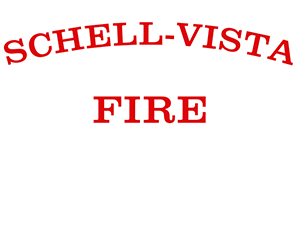STORMS & FLOODING
STORMS & FLOODING
Every so often, a significant storm (wind and rain) passes through our area. The fire district encourages residents to take precautions to ensure they're storm-ready.
In the event flooding is threatening a home or business and help is required, call 911.
Be aware of gusty winds while driving and don't drive beyond “flooded†or “road closed†signs. Strong winds could knock down trees and power lines, and cause property damage.
Community members should report mud flows and any downed power lines or trees to 9-11. Don't approach a down power line.
We are ready to respond to protect life and property with the ability to call in extra resources as needed but it's important residents be prepared.
Sign up for emergency alerts at SoCo Alert:
sonomacounty.ca.gov/FES/Emergency-Management/SoCoAlert/Build an emergency kit; find out more at
www.ready.govWhat do you need to be comfortable and safe if the power goes out for several hours?
Be sure you have fresh batteries and your flashlights are working. FD doesn't recommend you use candles
And don't forget to help your neighbors!
Sandbags
Sandbag are available at the following locations (click here):
Sandbags can be useful in redirecting storm water and debris flows away from your home. There are limits to what sandbags can do. Remember, sandbags will not seal out water. Sandbags deteriorate when exposed to continued wetting and drying for several months. If bags are placed too early, they may not be effective when needed. Sandbags are for small water flow protection — up to two feet. Protection from larger flow requires a more permanent flood prevention system. Sandbags that are exposed to contaminated floodwaters may pose an environmental hazard and require special handling. Be sure to consult with your local environmental protection department before disposing of used sandbags. How do I lay sandbags?
Place down a layer of plastic sheeting to act as the water-proofing barrier.
Lay sandbags like brickwork on top of the plastic sheeting.
Limit placement to three layers unless a building is used as a backing or sandbags are placed in a pyramid.
Fold the top of the sandbag down and rest the bag on its folded top. Take care in stacking the sandbags.
Start at one end and work to the other end.
Ensure the unfilled top part of the bag is covered by the next bag.
Tuck flap under the bag at the end of the row.
Tamp each sandbag into place, completing each layer before you begin a new layer. Clear a path between buildings for debris flow.
